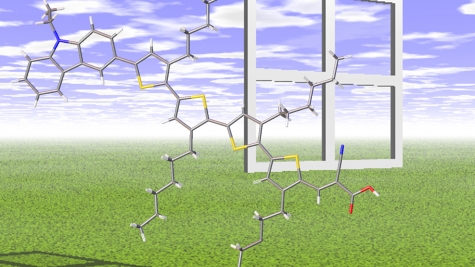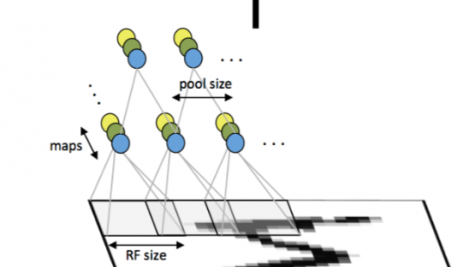ALCF projects cover many scientific disciplines, ranging from biology and physics to materials science and energy technologies. Filter ongoing and past projects by allocation program, scientific domain, and year.
Computational Physical Genomics: Exploring Potential Novel Cancer Therapies
This work will build a high-fidelity computational model of chromatin to investigate the interplay between different folding mechanisms and to decipher the effects of genetic and epigenetic codes on the self-organization of the human genome. It will also extend the current static model into a dynamic one that leverages the dynamic PWS imaging technique developed in a previous INCITE allocation.
Ab-initio Nuclear Structure and Nuclear Reactions
Building on previous INCITE research, this project will employ advanced ab-initio quantum many-body techniques coupled with applied mathematics and computer science methods to study a wide range of nuclei and to accurately describe the atomic nucleus from first principles.
Towards Exascale Internal Combustion Engine Simulations with In-Situ Analysis
The focus of this project is on developing the Nek5000, a leading high-order spectral element, open-source code for accurate modeling of fluid turbulence, into an effective exascale code for high-fidelity ICE simulations.
The Next Leap Forward In LSST Sky Simulations
The Large Synoptic Survey Telescope (LSST), a ten-year imaging survey starting in 2022, is a cornerstone of the U.S. cosmological community’s efforts to understand dark energy, the cause of the accelerated expansion rate of the Universe. The infrastructure improvements that are developed for this simulation campaign are part of the longer path to science readiness undertaken by the LSST Darke Energy Science Collaboration.
Supercomputing For Automotive High-temperature Alloy Design Consortium/end-station
This project will heavily exploit the GPU-capability of OLCF’s Summit for atomistic simulations and microstructure evolution software, which have proven to be highly efficient. Alloy design expertise and advanced characterization across multiple DOE national laboratories will actively support the proposed HPC ICME tasks. The outcome of this project is anticipated to fill critical knowledge gaps and shorten the timeframe from prototype automotive high-temperature alloys to their real-world deployment.
Semileptonic B- And D-meson Form Factors With High Precision
This project targets semileptonic decays with a B or D meson in the initial states and a pion or kaon in the final state, for which the transition matrix elements—known as form factors—for the vector, scalar, and tensor currents will be computed. Leadership-class computational resources are essential to reduce the theoretical uncertainties to the target level.
Predictive Modeling and Machine Learning for Functional Nanoporous Materials Consortium/End-Station
An interdisciplinary, collaborative team will use predictive hierarchical modeling and machine learning to accelerate the discovery and design of materials for a variety of energy-related applications and to advance scientific and technological capabilities with innovative discoveries.
Particle Acceleration In Plasma Jets: From Astrophysics To The Laboratory
This project studies dynamics of jets in subrelativistic regimes, including collisional effects, to determine the necessary conditions to observe the particle acceleration mechanisms associated with astrophysical jets in the laboratory. This will allow us to guide the design of future experiments aimed at probing the plasma processes and the acceleration mechanisms associated with the extreme cosmic accelerators.
Nuclear Energy Industry Validation of Nek5000: ALAIN and HYMERES
In close collaboration with Framatome and the NRC, this project aims to validate open-source Nek5000 code for two sets of experiments: the ALAIN loop flow test and the PANDA facility Geometries. Framatome designs, manufactures, and installs components, fuel, and instrumentation and control systems for nuclear plants.
Neutrino Flux, Energy Deposition And Radiological Studies For The Dune-lbnf Beamline
To support the Deep Underground Neutrino Experiment and Long-Baseline Neutrino Facility, this project will execute optimization calculations will include the material, geometry and magnetic fields in the target assembly and horns because these all have a significant impact on the pion/kaon production and affect the neutrino spectra.
Modeling the Response of Fusion Plasma Facing Components
This project aims to further advance understanding of the response of tungsten, the proposed ITER divertor, to low energy, mixed H-He plasma exposure in the presence of impurity atoms including beryllium and neon.
Low Energy Neutrino-nucleus Interactions
Understanding the relevant dynamics and the role of short-range physics contributing to neutrinoless-double-beta decay processes requires study of decay mediated by the exchange of a neutrino. This decay can involve values of momentum transfer of the order of a few hundred MeV. To test the validity of the axial currents in this kinematical region, this work studies low-momentum responses and muon capture in light nuclei for which data are available.
High-Fidelity Physics Simulations for DOE and Industry Fast Spectrum Nuclear Reactor Systems
This project will perform a series of high-fidelity multiphysics calculations to compute a set of hot channel factors for a lead-cooled fast reactor design using DOE-NEAMS codes.
Accelerated Catalyst Discovery from First Principles Simulations and Machine Learning
This project will utilize density functional theory and machine learning methods that enable exhaustive searches for active catalyst facets (monometallic and bimetallic) and reveal active site motifs for deoxygenation and C-C bond formation reactions.


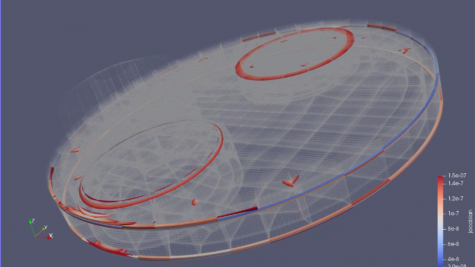
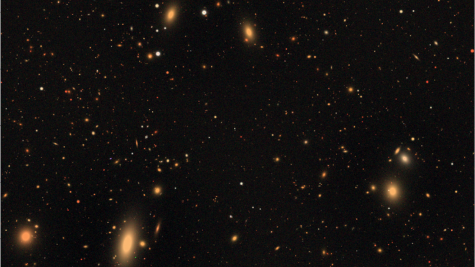
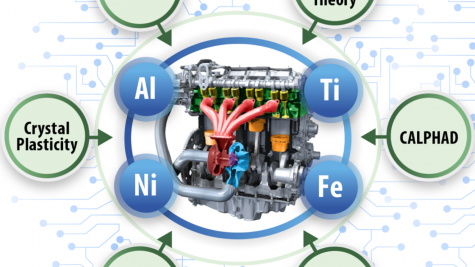
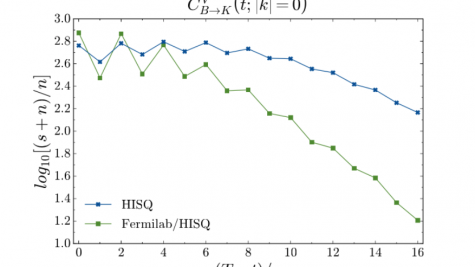
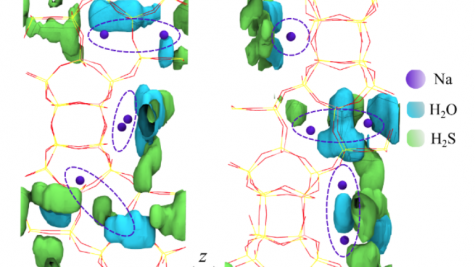
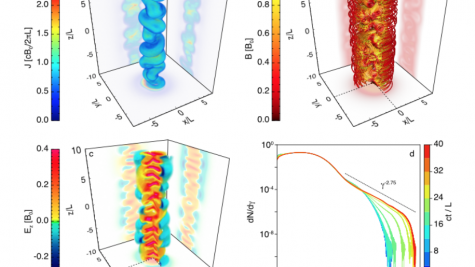
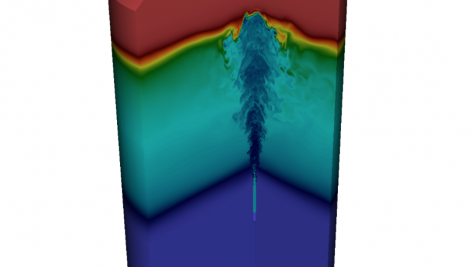
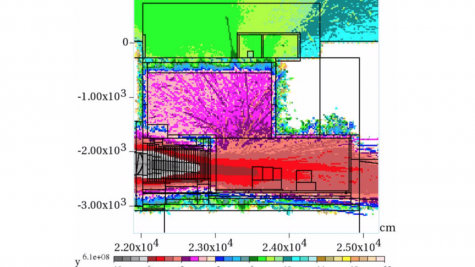
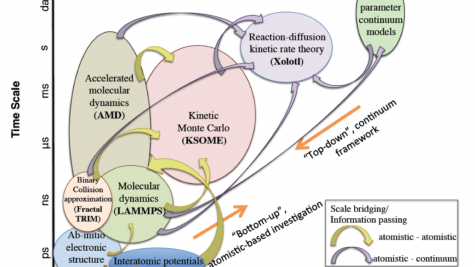
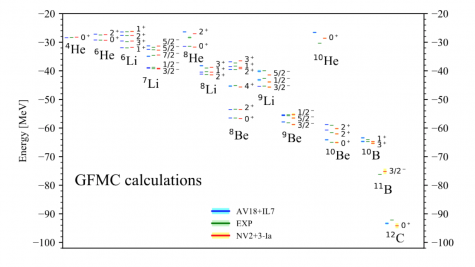


![Molecular crystal structure prediction for tricyano-1,4-dithiino[c]-isothiazole.](/sites/default/files/styles/475x267/public/2020-03/TkatchenkoResize.png?itok=EVOStE2J)
